RESPONSE TO CLIMATE CHANGE COMMISSION: Drive Electric’s advice on the second draft of the Emissions Reduction Plan (2026-2030)
Drive Electric
JUNE 19, 2023
New Zealand currently has 4 million passenger cars in its fleet, the vast majority of which are fuelled by petrol and diesel. The government itself has set a target to have 30% of the light fleet electric by 2035. EV smart charging could save the New Zealand economy close to $3 billion by 2035.

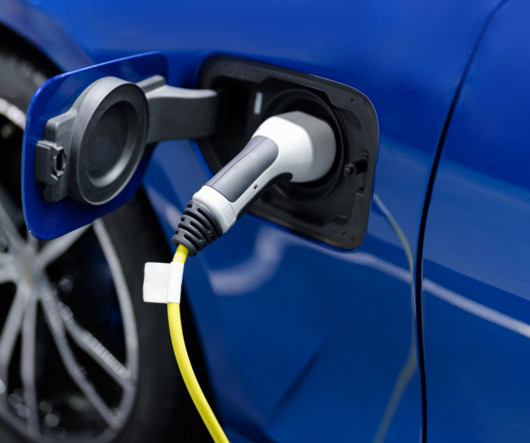
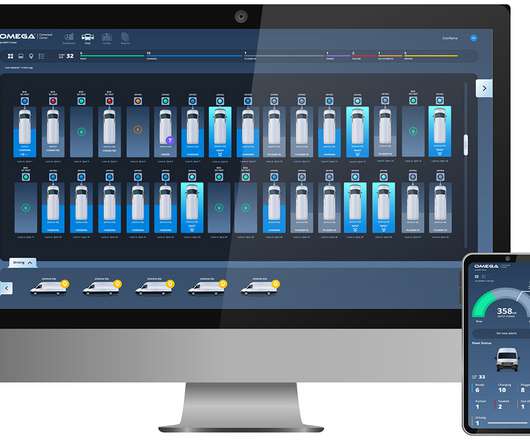
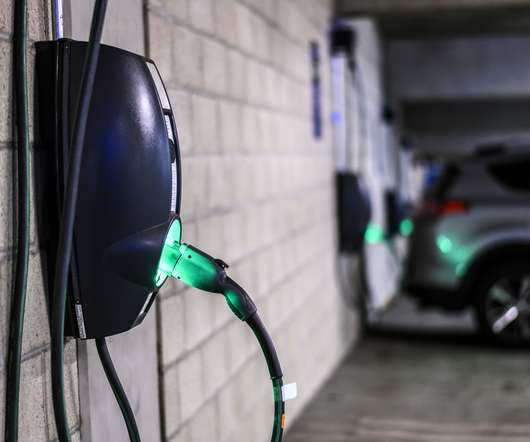
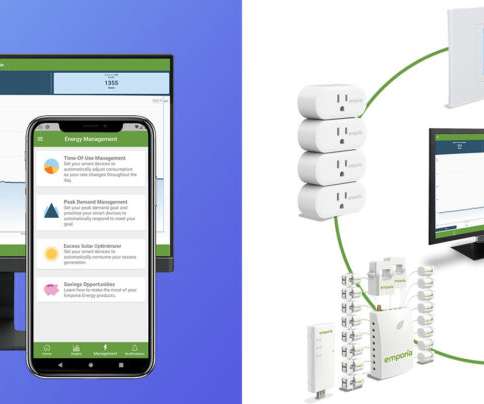
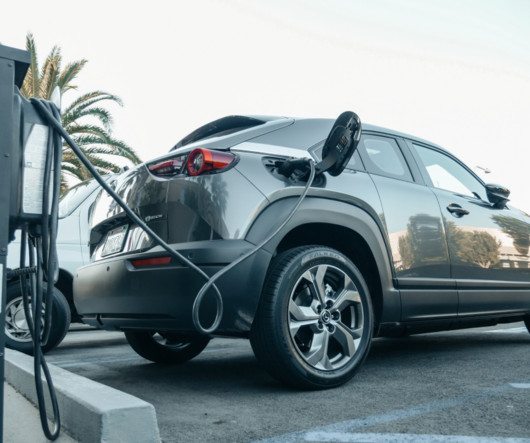






Let's personalize your content